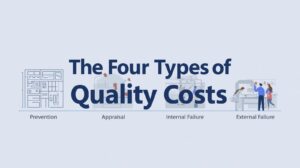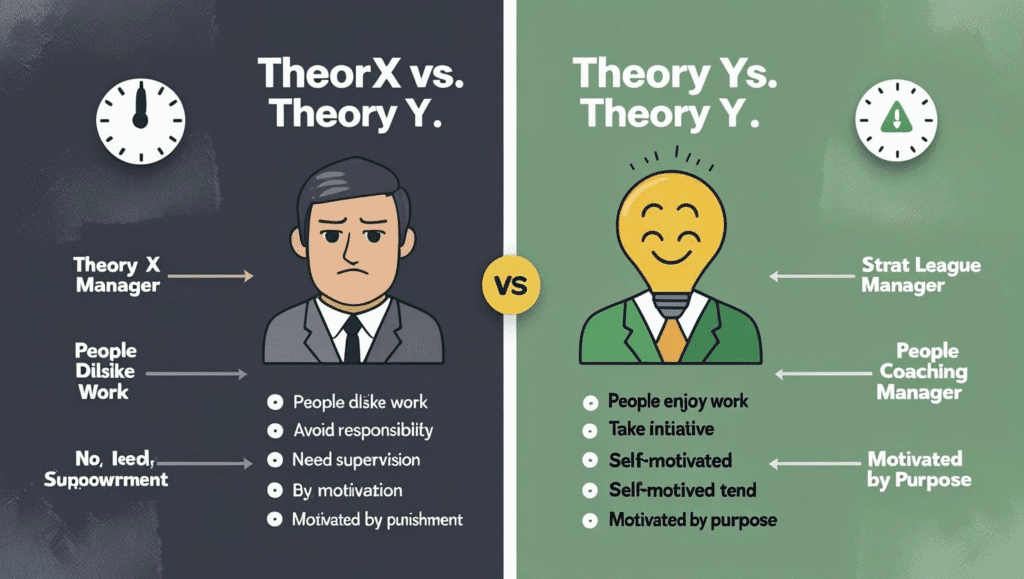The Four Types of Quality Costs: A Manager’s Guide
In today’s competitive global market, successful businesses understand a critical truth: while quality may seem expensive, poor quality is always more so. For any company in Dhaka, from the bustling Ready-Made Garments (RMG) sector to software development, understanding the Cost of Quality (CoQ) is not just an accounting exercise—it’s a strategic imperative. CoQ provides a framework for quantifying the total cost of all efforts related to achieving quality, as well as the costs of failing to do so.
The Two Sides of the Quality Coin
At a high level, all quality costs can be divided into two main categories. This fundamental split helps businesses understand where their money is going: are they investing in success, or paying for failures?
Cost of Good Quality (Conformance Costs)
These are proactive costs spent to ensure that products or services meet quality standards and customer expectations from the very beginning. This is money spent to prevent defects.
Cost of Poor Quality (Non-Conformance Costs)
These are reactive costs incurred as a result of failures. They represent the financial consequences of defects and errors that have already occurred. This is money spent because of defects.
A smart business strategically invests in the Cost of Good Quality to minimize the much larger and more damaging Cost of Poor Quality. These two categories are further broken down into four specific types.
The Four Types of Quality Costs Explained
1. Prevention Costs
Definition: All costs incurred to prevent defects and errors from happening in the first place. These are the most strategic and effective costs a business can incur.
Example (RMG Factory in Gazipur): Investing in an advanced training program for sewing machine operators to reduce stitching errors. This includes the trainer’s salary, training materials, and the operators’ time spent in training instead of production.
2. Appraisal Costs
Definition: Costs associated with measuring, evaluating, or auditing products or services to ensure they conform to quality standards. These are inspection-related costs.
Example (RMG Factory in Gazipur): The monthly salaries of the Quality Control (QC) team that inspects finished garments. This also includes the cost of purchasing and maintaining fabric testing equipment to check for strength and colorfastness before production begins.
3. Internal Failure Costs
Definition: Costs incurred when a defect is discovered before the product or service is delivered to the customer. These are failures caught by the appraisal system.
Example (RMG Factory in Gazipur): A batch of 500 shirts is found to have incorrect button placement during final inspection. The costs include the wasted labor and materials (scrap), and the wages paid to workers to unstitch and re-stitch the buttons (rework).
4. External Failure Costs
Definition: The most damaging and expensive costs, incurred when a defect is discovered after the customer has received the product. These failures can devastate a company’s reputation.
Example (RMG Factory in Gazipur): A major European buyer rejects a container shipment of 20,000 jeans due to fading issues after the first wash. The costs include shipping the entire order back, potential legal action, the complete loss of revenue from that order, and crucially, the high probability of losing all future business from that buyer.
The 1-10-100 Rule: The Economics of Quality
A classic principle in Total Quality Management (TQM) perfectly illustrates the financial impact of these costs. The 1-10-100 Rule states that the costs of dealing with a defect escalate exponentially the further it gets in the process.
Conclusion: A Strategic Investment
Understanding the four types of quality costs allows managers to see quality as a strategic investment, not an expense. By intelligently investing in Prevention and Appraisal, a business can achieve dramatic reductions in Internal and, most importantly, External Failure costs. This proactive approach not only saves money but also builds a powerful reputation for quality and reliability, which is the ultimate competitive advantage in any market, from local businesses in Dhaka to global exporters.


